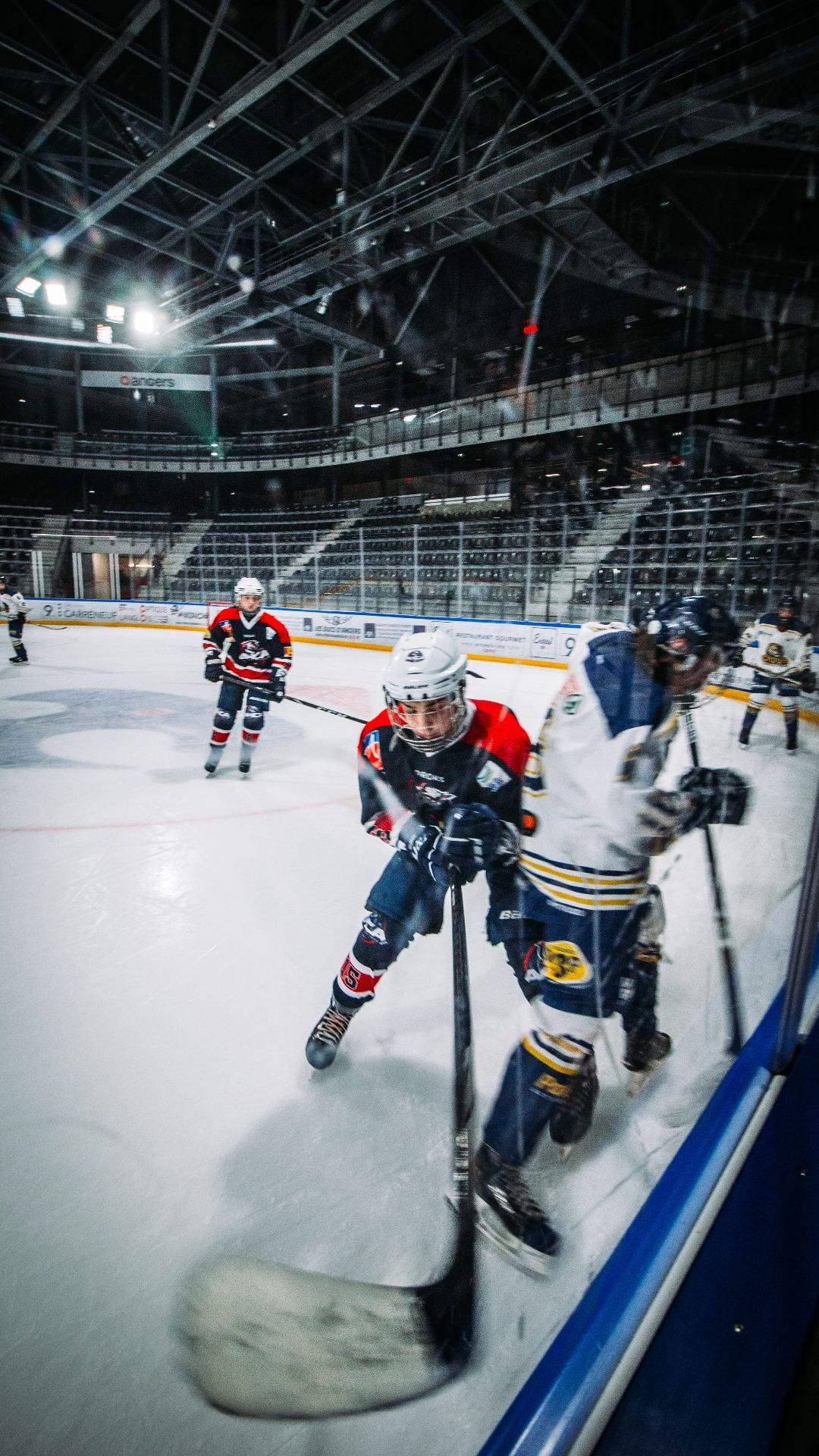I like this song: “Mammas don’t let your babies grow up to be cowboys.” I have my own version: Mammas don’t let your babies grow up to be hockey players. Or boxers, or wrestlers, or football or rugby players. Why not? The unacceptable risk of concussion, or as it is now commonly called, mild traumatic brain injury. This problem occurs when a head injury causes a temporary loss of brain functioning (colloquially: getting your bell rung). One concussion makes a person more susceptible to getting a second concussion. Multiple concussions can lead to irreversible brain damage, dementia, and an early death.
Why do I single out playing hockey? Because of studies showing that field hockey has the highest risk per player of concussions of all inter-collegiate sports in the U.S. Higher even than ice hockey, perhaps because ice hockey players wear helmets. How do field hockey players get a concussion? All invasion sports carry the risk of players running into each other. Their bodies stop suddenly, but their brains keep moving, possibly hitting against the inside of their skull, which is very hard and has some sharp areas. Also, the brain can twist on its stem as it moves, causing slight tearing. Other sudden stops come from hitting the ground or running into the goal posts. Then there is the risk of taking a blow to the head from a stick or a ball.
Wrestling also has a relatively high risk of concussion. One risk there is being slammed to the mat (which is not as cushioned as you might imagine). A collision with the other wrestler is another risk.
In boxing, of course, the goal is to knock the other guy out. A KO often involves a concussion. There is no inter-collegiate boxing.
Few educated parents want their children to become boxers. In the future, parents will discourage children from taking up various sports that have an unacceptable risk of brain injury. Of course, the question is: how much risk is acceptable? You can look at the chart in the following article and decide for yourself:
http://www.slate.com/articles/life/inside_higher_ed/2013/12/college_football_and_concussions.html
I would draw the line at a risk of 4 concussions per 10,000 athletic exposures (including games and practice). That would clearly allow baseball, softball, and volleyball from the sports listed. Many other sports not on the list would likely be safer still, e.g., golf, swimming, tennis, running.
The most dangerous of my sports activities is playing softball. I have seen a few players suffer concussions playing softball, either by running into each other or getting hit in the head by a hard-thrown ball.
I also take a minor risk relating to field hockey. I don’t play that sport, but I sometimes walk the meter-high wall around the university hockey fields. Walking the wall, which is about 12 cms wide, gives me balancing practice and a small thrill. The risk to me? A wild hockey ball knocking me off like a duck in a shooting gallery, with me landing on my head. The risk of that happening may go up now that I have written this article about mammas and hockey playing.
What can a parent do if a child really wants to play a concussion-risk sport? The “no” answer may be easier for me than for other parents because I have worked with brain-damaged clients and know what problems come with brain damage. I have a main goal as a parent of ensuring that my children have all their digits and all their wits when they reach adulthood. But if you played a specific sport and never sustained a concussion, you might lean the other way.
What do you think? How much risk is too much when it comes to sports and concussion risk?
Photo by Matthieu Pétiard on Unsplash




John, I boxed for many years, as you know, and while I never competed seriously, I did suffer the odd black eye or bruised rib in sparring, and have been hit hard enough to see stars.
Combat sports can be dangerous, but they also teach important skills like overcoming fear, managing aggression and knowing your limitations — skills that can be life-saving in some situations. Besides which they are fun and keep you physically fit. These are the benefits I weigh against the potential risks of participating in a sport like amateur boxing.
Hi Leon. Sports, especially team sports, can help children develop into happy, successful adults. It is not always easy to do a cost-benefit analysis on a specific activity. I face that type of problem when I decide whether to cycle to work.
This is really challenging as a parent. Is it OK for my daughter to hang from a silk ribbon 10 metres in the air at circus? The fitness, team spirit, sense of “my circus family”, confidence, experiencing a great not-for-profit group: against potential brain injury. Doubly hard as one of our daughters is congenitally profoundly disabled, physically and intellectually, so we know the reality … for now, she still goes to circus.
Hi MS. I think for stunts preparation and focus prevent injury. Kids get hurt during stunts when they get cocky.